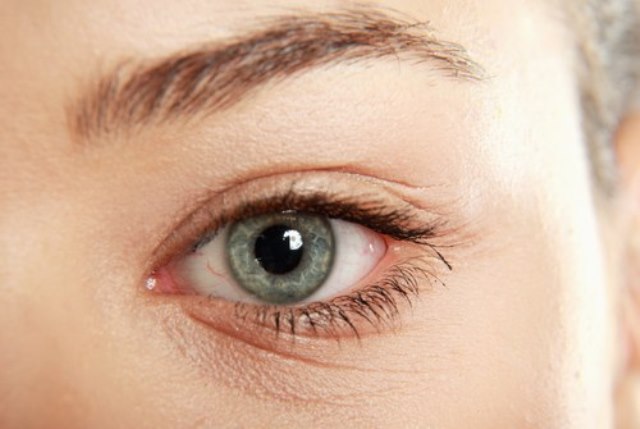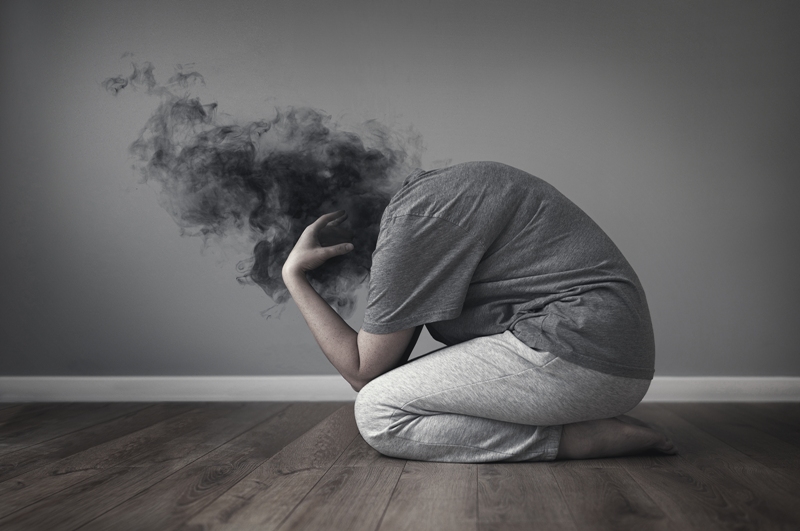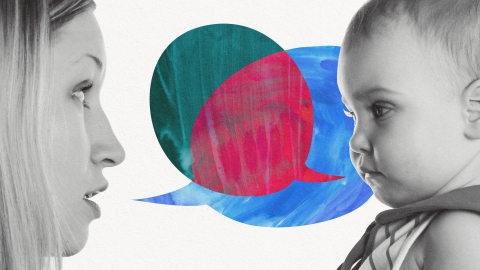
Dermatomyositis is very similar to an autoimmune disease. Exact cause of the disease is not known. The immune system gets compromised when healthy cells in the body are attacked by antibodies, the disease fighting cells in the body. Immune system could get compromised with cancer or viral infection thus leading to the development of a condition called Dermatomyositis. Children between the age of 5 and 15 and adults between the ages of 40 and 60 could develop Dermatomyositis. As compared to men, it is women who are affected more by the disease.
Symptoms of Dermatomyositis include a distinctive bluish purple and patchy rash on the skin of the elbows or knees, face, nail cuticle areas, chest and eyelids. Muscles in the hip area, neck or arm weaken and could worsen over weeks and months. Muscle weakness is experienced on both sides of the body. Other symptoms experienced in Dermatomyositis condition are fatigue, muscle tenderness and pain, lung problems, fever, difficulty in swallowing, unintentional weight loss and deposits of hard calcium under the skin mostly in children. Amyopathic Dermatomyositis is a subtype of the disease which includes not muscle weakness, but rash.
Diagnosis of Dermatomyositis is done by the doctor, by performing physical examination, checking out medical history, questioning about symptoms, MRI for studying abnormal muscles, skin biopsy, muscle biopsy, blood analysis and EMG – Electromyography.
Dermatomyositis does not have any cure. Treatment is administered to improve the condition of muscle weakness and skin. Physical therapy, medication and surgery are the other treatments administered. Predisone is a preferred corticosteroid medication in most cases. The medication can be applied to the skin or taken orally. Immune system response that reduced the number of antibodies causing inflammation is lowered with the help of corticosteroids. Corticosteroids treatment is given to children to resolve the symptoms completely. If symptoms do not improve with corticosteroids then other medications may be prescribed for suppressing the immune system. In advanced cases, if corticosteroids cause any complications then, Melthotrexate and Azathioprine drugs may be used. Other treatments include administering IVIG – Intravenous Immunoglobulin to provide healthy antibodies to block antibodies in the body. Surgery to get rid of calcium deposits, physical therapy, medications and Hydroxychloroquine an antimalarial mediation and medications to relieve pain are the other additional treatments given to treat Dermatomyositis. It must be noted that Dermatomyositis could cause other complications like weight loss, skin ulcers, malnutrition, gastric ulcers, difficulty in swallowing and breathing and infection in the lungs.






